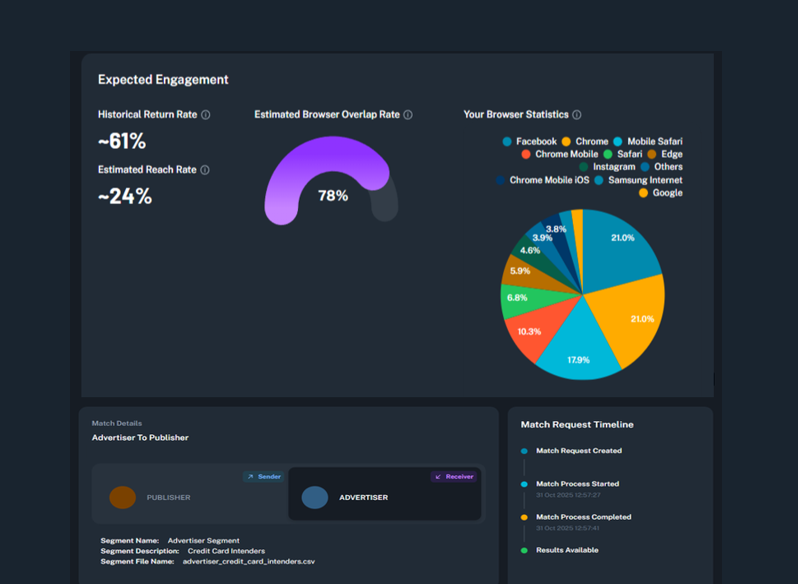The OAIC has released new guidance on tracking pixels, emphasizing privacy obligations and user consent requirements. This represents a significant shift in how businesses need to approach user tracking and data collection. Let's break down why this matters and how AdFixus's approach aligns with these requirements
About the OAIC
The OAIC (Australian Information Commissioner) purpose is to promote and uphold privacy and information access rights. They do this by:
- making sure that Australian Government agencies and organisations with an annual turnover of more than $3 million, and some other organisations, follow the Privacy Act 1988 and other laws when handling personal information
- protecting the public’s right of access to documents under the Freedom of Information Act 1982 (FOI Act)
- carrying out strategic information management functions within the Australian Government under the Australian Information Commissioner Act 2010 (AIC Act).
Summary of the OAIC Guidance
The OAIC's position focuses on several key areas:
- Organizations must limit data collection to what's necessary
- Sensitive information requires explicit user consent
- Privacy policies need clear information about tracking pixel usage
- Cross-border data flows require additional protections
The guidance doesn't prohibit tracking pixels but sets clear expectations about their implementation and management.
Why Current Tracking Methods Need to Change
Traditional tracking pixels create several challenges in meeting these requirements:
- Data often flows to multiple third parties without clear user awareness
- Limited control over how collected data is used downstream
- Difficult to maintain compliance across different jurisdictions
- Complex consent management across multiple vendors
More importantly, these challenges increase as privacy regulations continue to evolve globally. Organizations need approaches that work not just for today's requirements, but tomorrow's as well.
The AdFixus Approach
AdFixus addresses these challenges through a fundamentally different architecture. By implementing everything behind your infrastructure, data stays within your control. There's no automatic sharing with third parties, and users maintain control of their identifiers. In fact there are no tracking pixels. This is a true first-party cookie deployment.
This isn't just about compliance - it's about building sustainable digital marketing practices. When you own and control your tracking infrastructure, you can adapt quickly to new privacy requirements while maintaining marketing effectiveness.
How AdFixus Meets OAIC Requirements
- Data Minimization: AdFixus generates only anonymous browser IDs with no collection of personal information. You control exactly what data is collected and stored, ensuring you meet the "minimum necessary" requirement.
- Consent Management: The solution integrates with your existing consent framework. IDs are only generated after user consent, and users can easily manage or revoke their consent at any time.
- Transparency: Because AdFixus operates behind your infrastructure, you can provide clear, accurate information about data collection in your privacy policies. Users know exactly who has their data - you.
- Cross-Border Protection: Data processing remains under your control. There's no automatic overseas transfer, and you determine where and how data is stored and processed.
- Sensitive Information: You maintain complete control over what data is collected and when, making it straightforward to implement special handling for sensitive information.
Looking Forward
The OAIC guidance signals a clear direction: privacy-first approaches will become the norm. Organizations need solutions that balance marketing effectiveness with privacy compliance.
The key is building an infrastructure that gives you control. When you own your tracking infrastructure, you can adapt to new requirements while maintaining the capabilities your business needs.













